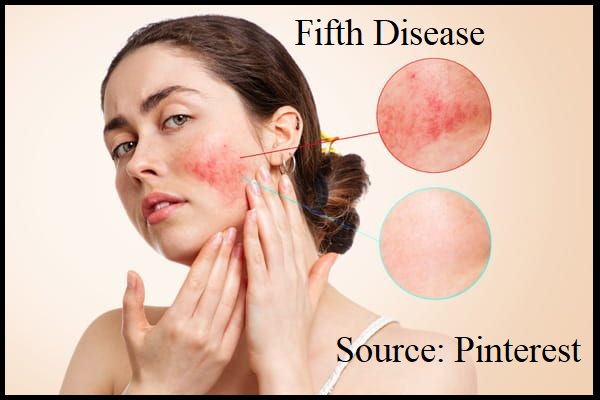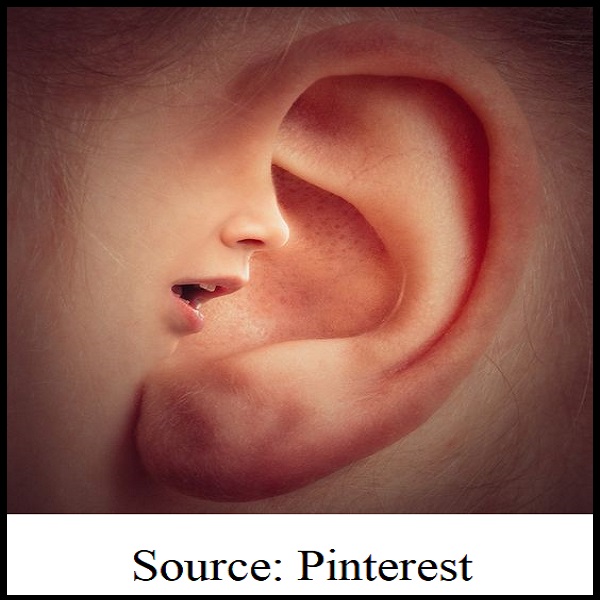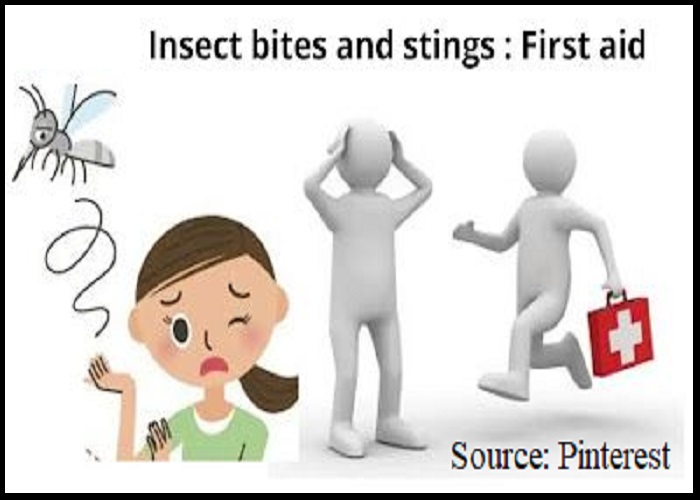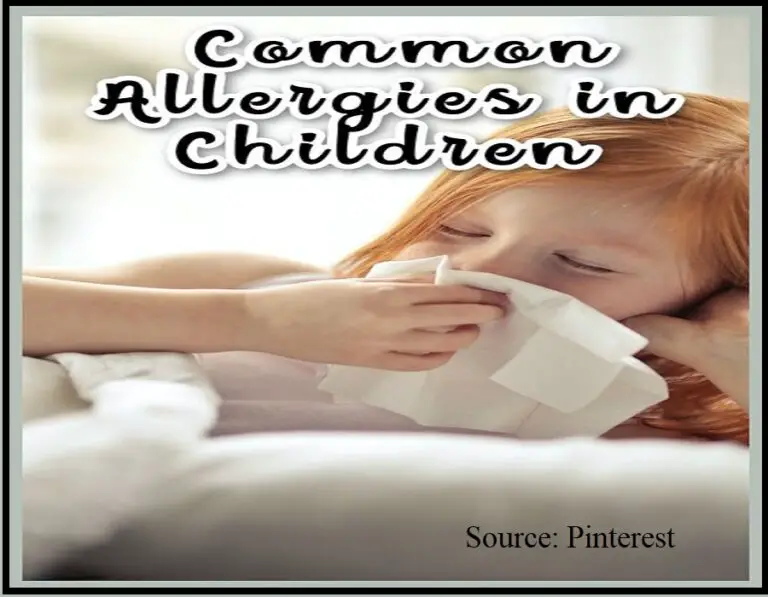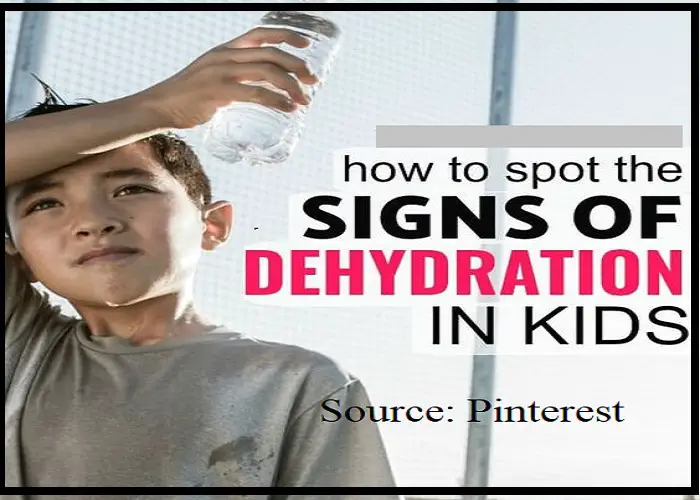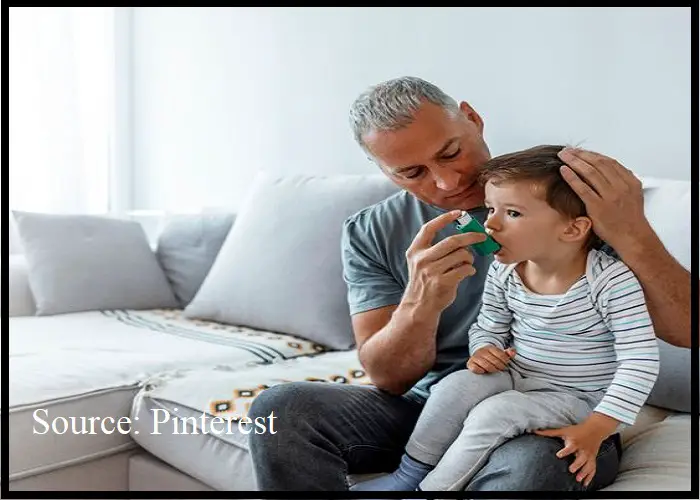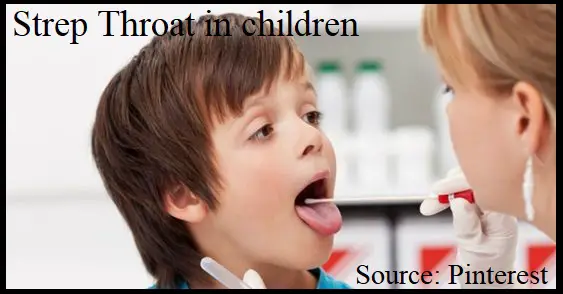Signs and Symptoms of Pink Eye (Conjunctivitis)
Introduction:
Pink eye, also known as conjunctivitis, is a common eye infection that affects people of all ages. It can be caused by bacteria, viruses, or allergens, and can spread easily from person to person. Symptoms of pink eye can be uncomfortable and even painful, but they can be treated with antibiotics and other remedies. In this blog, we will discuss the signs and symptoms of pink eye and what you can do to prevent and treat it.
Signs and Symptoms:
The most common symptom of pink eye is redness in the eye. The whites of your eyes can become pink or even bloodshot. You may also have swollen or itchy eyes, along with a discharge from your eye that can be either watery or thick and yellow. You may also experience sensitivity to light or blurred vision, especially if the infection is caused by a virus.
Causes:
Pink eye can be caused by a bacterial or viral infection, as well as an irritant or allergen. Bacterial conjunctivitis is usually caused by bacteria such as Streptococcus pneumoniae, while viral conjunctivitis is more commonly caused by the adenovirus. Allergic conjunctivitis is caused by allergens such as pollen, dust, or pet dander. Contact lens wearers may develop giant papillary conjunctivitis from wearing their lenses for extended periods of time.
Prevention:
To prevent pink eye, it is important to practice good hygiene, especially around people with known infections. Wash your hands frequently with soap and warm water, and avoid touching your eyes with your hands. Avoid sharing personal items, such as towels, pillows, makeup, and contact lenses. Keep your home and workplace clean and avoid touching objects that have been contaminated, such as doorknobs, countertops, and keyboards.
Treatment:
Treatment for pink eye depends on the cause of the infection. Bacterial conjunctivitis can be treated with antibiotics, either as eye drops or ointment. Antibiotics are not effective for viral infections, but symptoms can be managed with over-the-counter pain relievers and artificial tears. Allergic conjunctivitis can be treated with antihistamines, decongestants, and other allergy medications. Warm compresses and eye drops can help relieve discomfort and remove pus or discharge from the eyes.
When to See a Doctor:
You should see a doctor if you have symptoms of pink eye that do not improve with over-the-counter remedies. You should also see a doctor if you develop pain or sensitivity to light, or if your vision becomes blurry or impaired. If you wear contact lenses, you should never ignore symptoms of pink eye, as it could indicate a serious infection or complication.
Conclusion:
Pink eye is a common and treatable eye infection that can be easily prevented with good hygiene and basic precautions. If you experience symptoms of pink eye, it is important to seek medical care promptly to prevent complications and reduce discomfort. With the right treatment and care, most people can recover from pink eye within a week or two. Stay safe and healthy, and remember to take care of your eyes!

